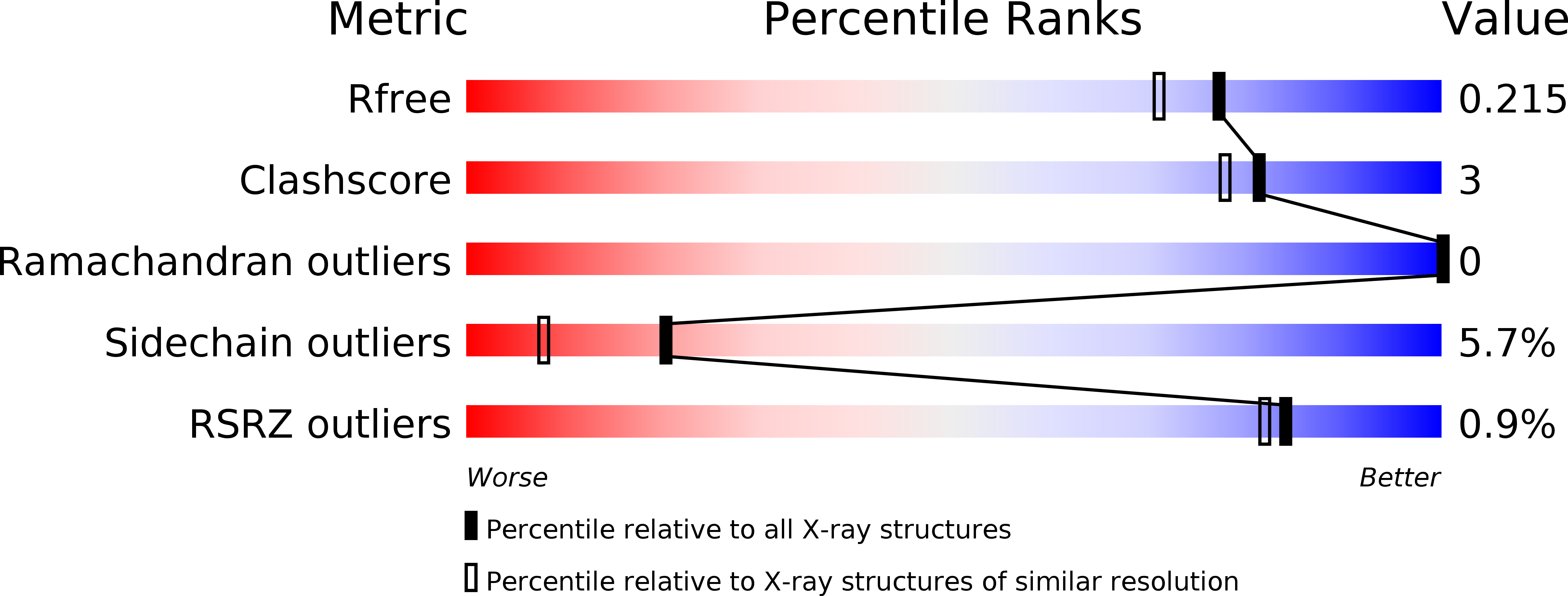
Deposition Date
2004-06-29
Release Date
2005-04-19
Last Version Date
2024-10-30
Entry Detail
PDB ID:
1TVB
Keywords:
Title:
Crystal structure of Melanoma Antigen gp100(209-217) Bound to Human Class I MHC HLA-A2
Biological Source:
Source Organism:
Homo sapiens (Taxon ID: 9606)
Host Organism:
Method Details:
Experimental Method:
Resolution:
1.80 Å
R-Value Free:
0.21
R-Value Work:
0.16
R-Value Observed:
0.16
Space Group:
P 1 21 1


